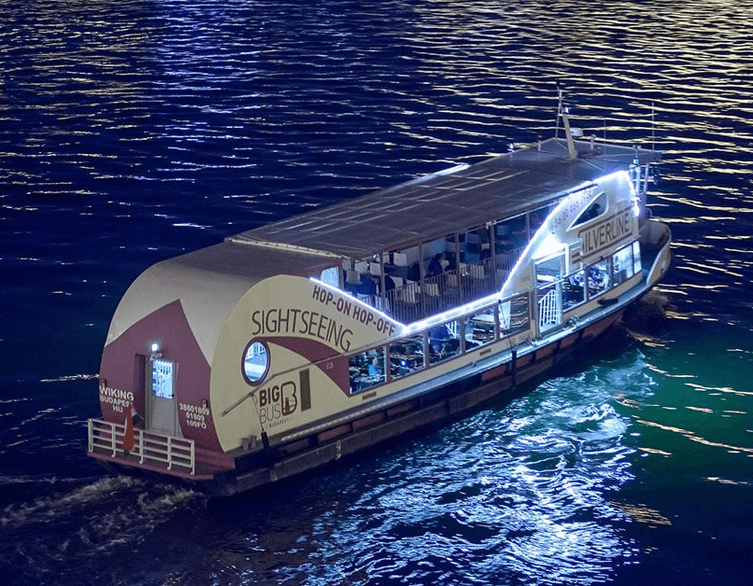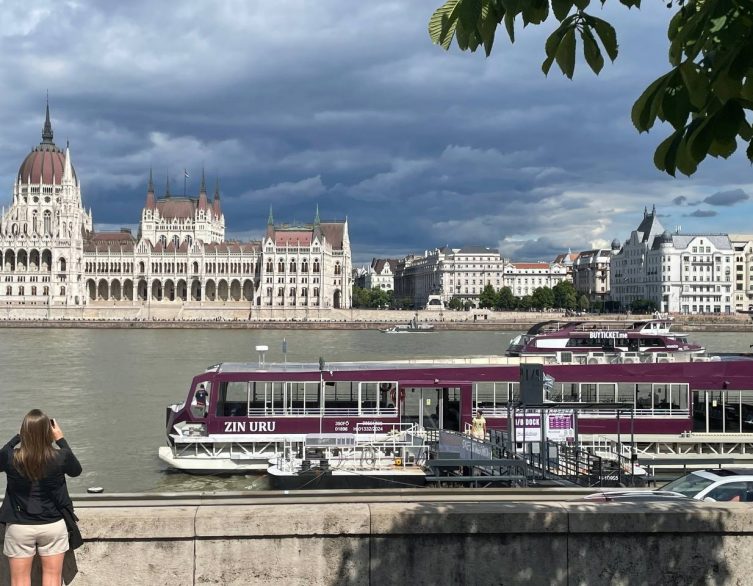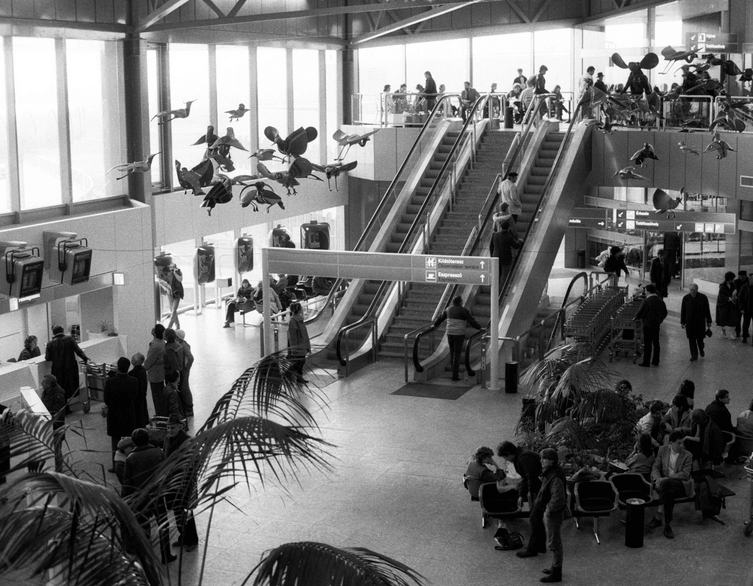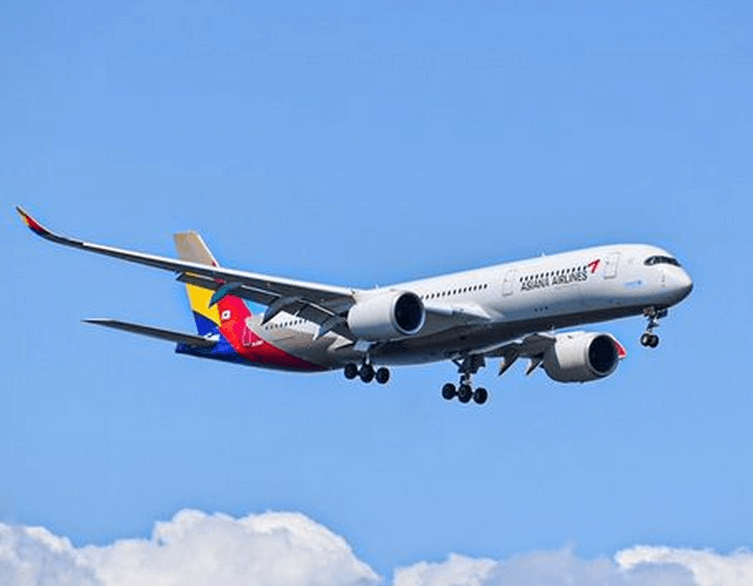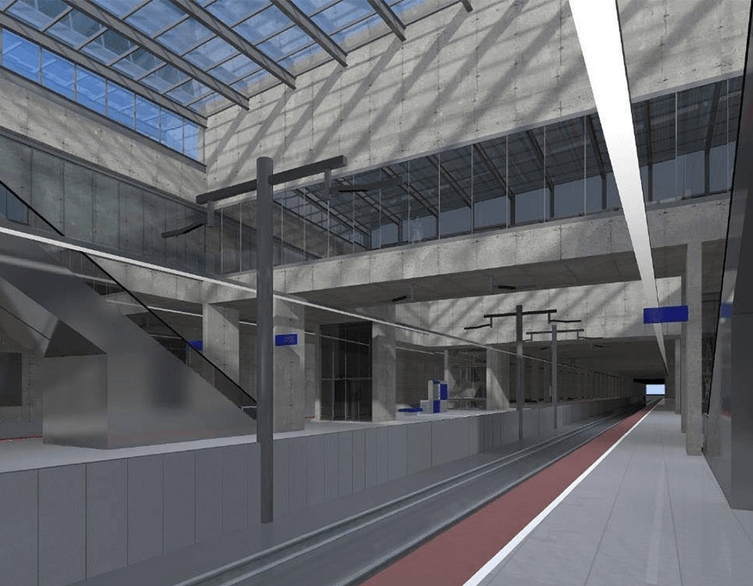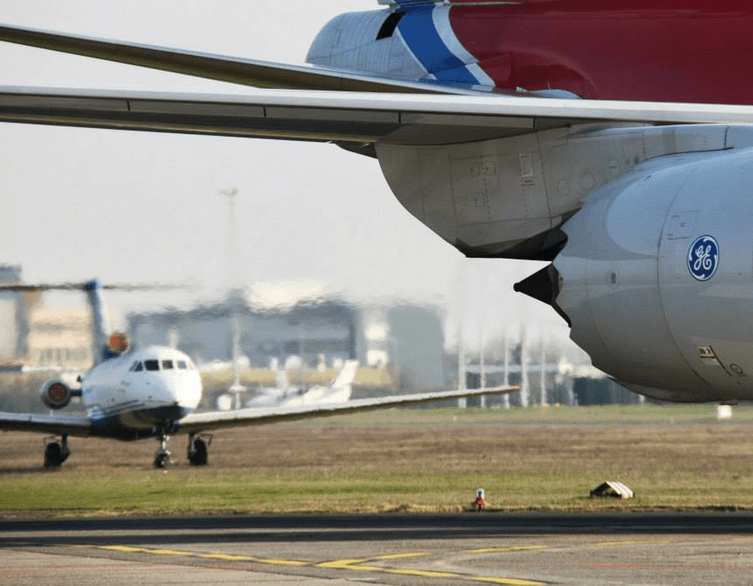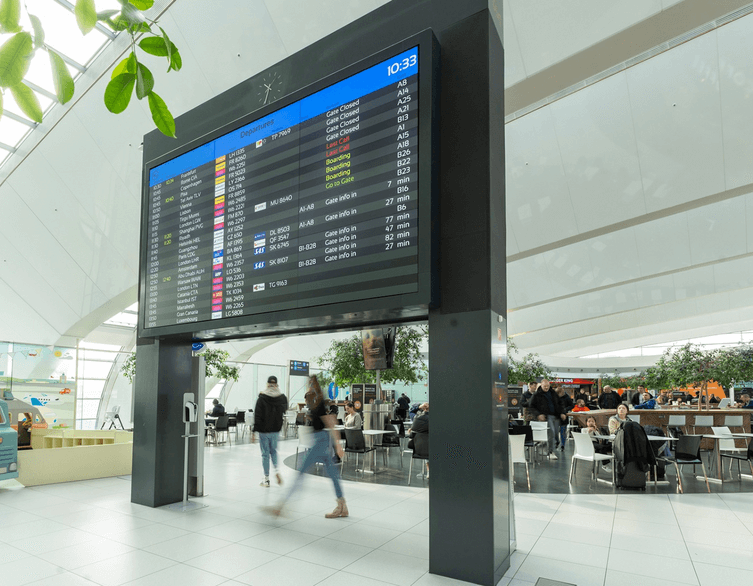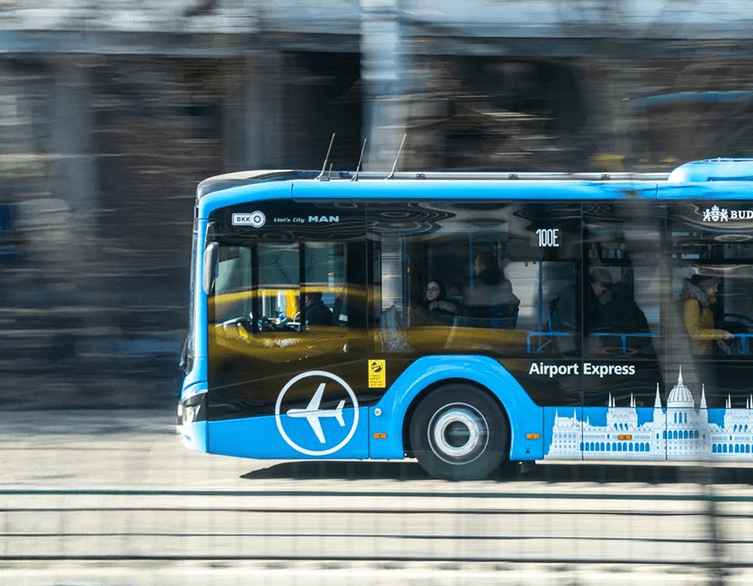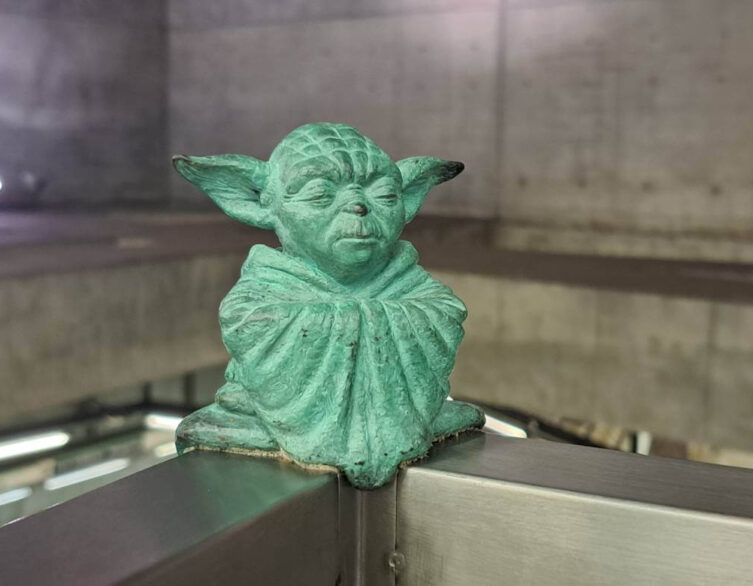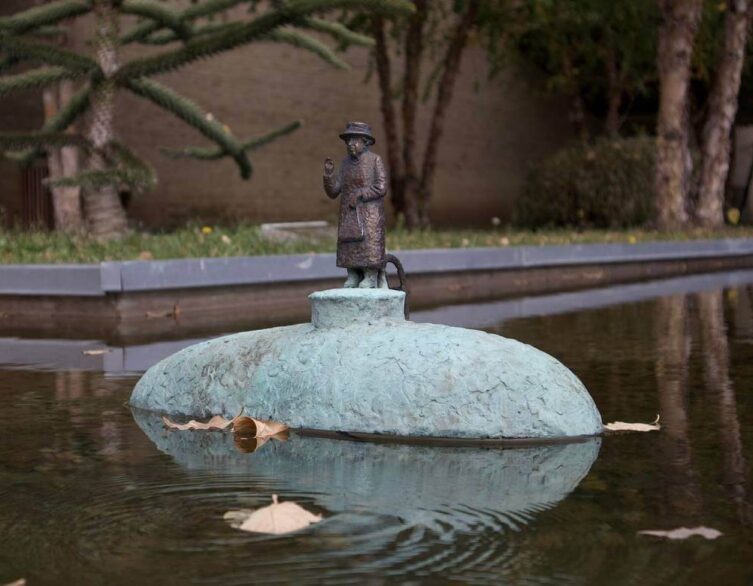Franz Liszt Takes Flight: Budapest Airport’s Musical Tribute to a Legend

Your journey through Budapest begins the moment you step into Ferenc Liszt International Airport, and not just because you’re arriving in Hungary’s magnificent capital. The airport itself pays homage to one of the greatest musical geniuses the world has ever known, and a recent birthday celebration has added delightful new dimensions to this tribute.
A Composer Who Changed Music Forever
Franz Liszt wasn’t simply a composer or pianist. He was a revolutionary who fundamentally transformed what the piano could do and how audiences experienced music. Born in 1811, this Hungarian virtuoso became one of the nineteenth century’s most significant Romantic composers and arguably the greatest pianist of all time. His Hungarian Rhapsodies captured the soul of his homeland’s musical traditions, while his innovative compositions pushed piano technique into previously unimaginable territory. Even if you don’t know his name, you’ve likely heard his music, particularly Hungarian Rhapsody Number Two, which has soundtracked countless cartoons and films over the decades.
Liszt lived as intensely as he composed. His European concert tours made him the first true international music superstar, traveling relentlessly from city to city, captivating audiences with his virtuosic performances and magnetic stage presence. Despite speaking German as his first language and learning Hungarian only later in life, Liszt remained fiercely proud of his Hungarian heritage, channeling that pride into compositions that celebrated Magyar culture and folklore.
An Airport Worthy of a Legend
Since 2011, when Budapest’s main airport was renamed to commemorate the two-hundredth anniversary of Liszt’s birth, travelers have been arriving and departing under the composer’s name. It’s a fitting tribute for someone who spent so much of his life in transit, carrying Hungarian music to concert halls across Europe. But the airport’s dedication to preserving Liszt’s legacy goes far beyond simply bearing his name.
A Miniature Marvel Gets a New Home
Ukrainian-Hungarian sculptor Mihály Kolodko has become famous for his whimsical miniature statues scattered throughout Budapest, each one telling a story and inviting discovery. His tiny Liszt sculpture originally appeared at Terminal 2A in 2018, depicting the composer sitting patiently on his suitcase, every inch the weary but elegant traveler. The piece perfectly captured Liszt’s peripatetic existence, those long journeys between performances in an era before air travel made such trips routine.
For the composer’s recent birthday celebration, the airport moved Kolodko’s beloved mini-statue to a new location, giving both longtime admirers and first-time visitors fresh opportunities to discover this charming tribute. Standing on an unusually high pedestal for such a small sculpture, the piece creates a delightful contrast between monumental presentation and intimate scale. Many visitors initially mistake the tall pedestal for an empty plinth, only to discover the tiny figure perched atop it, waiting patiently with his luggage just as countless travelers do every day.
Music Takes Wing: The Bronze Paper Airplanes
The birthday celebration didn’t stop with relocating the statue. Airport officials commissioned a special installation that transforms the SkyCourt area into an interactive musical experience. Four unique bronze paper airplanes now wait to be discovered by passengers, each one crafted from sheet music featuring excerpts from Liszt’s most famous compositions.
Best deals of Budapest
These aren’t ordinary decorative elements. Each bronze airplane bears a QR code that passengers can scan with their smartphones, instantly connecting them to a carefully curated Spotify playlist of Liszt’s masterworks. The concept brilliantly merges old and new, transforming manuscript paper into flying machines, connecting nineteenth-century compositions to twenty-first-century technology, and turning waiting time into an opportunity for musical discovery.
The paper airplane motif holds special significance beyond its obvious connection to air travel. In the original statue installation, a paper airplane folded from sheet music accompanied the figure of Liszt, symbolizing music’s eternal nature, its ability to transcend time and space much as Liszt himself transcended geographical boundaries during his lifetime. These new bronze iterations expand that symbolism throughout the SkyCourt, creating multiple points of musical connection for travelers.
Finding the Treasures
Hunting for Kolodko’s miniature statues has become a beloved activity for Budapest locals and visitors alike. His guerrilla sculptures appear throughout the city, each one small enough to overlook yet meaningful enough to seek out deliberately. The Liszt statue and bronze airplanes at the airport offer international travelers their first taste of this uniquely Hungarian phenomenon.
The relocated Liszt statue awaits discovery in its new location, though part of the charm lies in the search itself. Keep your eyes open as you navigate the terminal, and remember to look up since the sculpture sits on that distinctively tall pedestal. The bronze paper airplanes in the SkyCourt area are similarly worth seeking out, especially if you have time before your flight or while waiting for arriving passengers.
Beyond the Airport
Your encounter with Liszt at the airport is just the beginning. Budapest honors its musical son throughout the city. The Liszt Ferenc Memorial Museum and Research Centre occupies the apartment where the composer once lived and worked, preserving his personal possessions and offering visitors the chance to stand in the very room where masterpieces were born. The Liszt Ferenc Academy of Music features an imposing seated statue of the composer in clerical dress on its facade, while Liszt Ferenc Square itself centers Budapest’s cultural life.
But there’s something particularly special about meeting Liszt at the airport, that liminal space between departure and arrival, journey and destination. Sitting on his suitcase in miniature, the great composer waits alongside modern travelers, a reminder that even the greatest artists spent countless hours in transit, carrying their gifts from place to place, connecting cultures through the universal language of music.
As you continue your Budapest adventure or prepare to depart, let these bronze tributes remind you that music transcends borders, that art connects us across centuries, and that sometimes the smallest monuments carry the greatest meaning. Franz Liszt may have died in 1886, but his music still takes flight every day at the airport bearing his name, inspiring new generations of travelers to discover the extraordinary musical heritage of Hungary.
Related news

















